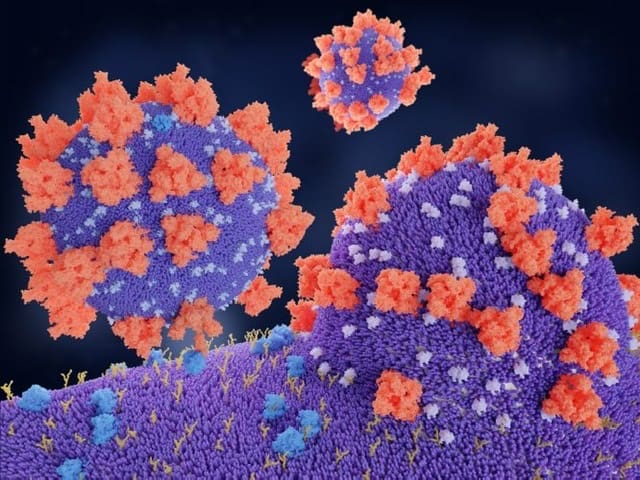By Seshadri Ramkumar, Professor, Texas Tech University
Supply chain changes, interruptions and the need for innovation have become reality with the COVID-19 pandemic.
About 3 billion people in lockdown globally, world will face a new normal. Many governments are working hard to counter the pandemic. Non-medical countermeasures such as masks, PPEs, wipes have become life-saving essentials.
Recent economic forecast by the International Monetary Fund (IMF) indicates that the global economy will squeeze by 3% this year and the effect of this pandemic will wipe US$ 9 trillion out of the global economy in two years.
This global phenomenon has exposed the vulnerability of nations that depend on a single country for consumer items, pharmaceuticals and other essentials. It has also exposed the weaknesses of the industrial sector that do not have long term planning, rather focus on short term efficiencies and profits.
While the world will have a new normal, it will entail manufacturing and other sectors to have a contingency plan and a mid to long term vision. This scenario is of importance for the textile sector that focuses on commodity and consumer items.
Textile sector needs to seriously focus on hygiene and healthcare related products. Particularly, focusing on “functional textiles,” raw materials, machinery and processing aspects for advanced textiles will provide new opportunities. Currently, according to Morgan Stanley, China dominates the world in surgical masks with over 80% global share. This situation has put stress on the supply of such health-related products during the current pandemic, which will result in market shifts.
Dependence on a single country as a major supplier may not be highly efficient in future, which will provide opportunities for countries like India, Bangladesh, Vietnam, Russia, Indonesia to start diversifying into value-added textiles. Why is this important? Given that the Chinese economy has shrunk this quarter by 6.8%, high gear activities by other countries will prove worthy shortly.
Serious gaps in the technologies and the availability of raw materials for advanced textiles must be identified. In the case of India, its research base in spunmelt technology and its converting sector must be enhanced. I have been articulating the need for developing the converting sector in India for more than a decade (See: Tips for Growing Technical Textiles, Indian Textile Journal, October 2011).
The need to bring a shift in the supply chain scenario is emphasized by Professor Gajanan Bhat of the Department of Textiles, Merchandising and Interiors, University of Georgia, Athens, USA. “At current situation, where the supply chain must shift back to US, there is need for more mask production lines and meltblown nonwoven fabric production in the US. Whereas, it takes time to increase meltblown fabric production in the US to meet increasing demand, mask production machinery can be installed much sooner, and current capacities in nonwoven production may have to be diverted for the short term to increase domestic production of meltblown nonwovens,” stated Bhat.
Industry associations can play a vital role in kick starting the innovation engine. Inventions may be hard to come by in a short time span, but innovations which involve the combination of ideas, technologies, raw materials, etc., to meet the requirements are relatively easy to put together. Small and medium scale enterprises (SMEs) which are the backbone of the economy these days need to be supported with good research and development subsidies and support network. Many innovations have been happening in the SMEs such the Chennai-based WellGro United, which has successfully repurposed its nonwoven technology to develop filter substrates. “Marketing support is critical to develop innovative products,” stated Nambi Srinivasan, vice president of marketing for WellGro United.
Different raw materials such as cotton and blends could be explored to develop functional materials. This needs the development of a new growth map for the textile industry.
Innovation ecosystem needs to be strengthened, which needs coordination among industry associations, academia and government agencies. COVID-19 has heightened the necessity of enhancing innovation and maintaining buffer efficiencies.

